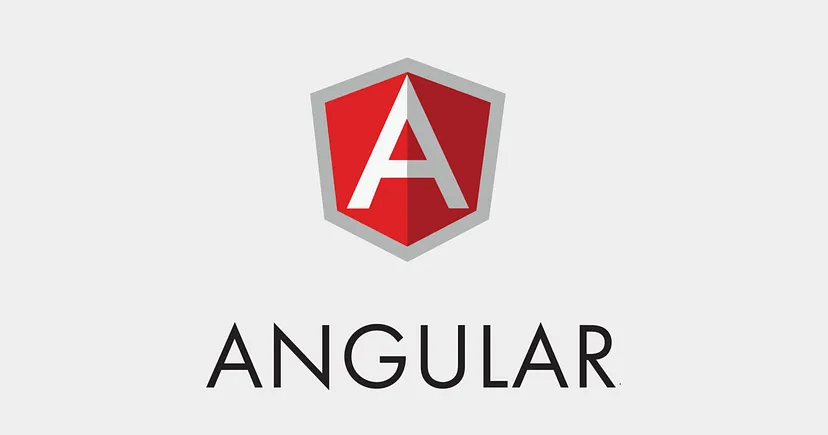
Given how difficult front-end development is, many professionals find it difficult to design user interfaces for their websites and mobile applications. Two such technologies, React and Angular, have transformed front-end programming and have the power to design visually appealing user interfaces with needed functionalities.
Since Angular uses the TypeScript programming language, which is comparable to C# and hence easier for .NET professionals to work with for UI development, they prefer it over React in most cases. This enables.NET development companies to spend less money on enhancing the skills of their present staff members.
What Is Angular?
The TypeScript-based web application framework Angular is free and open-source. Scalable web apps and single-page client applications are both made using this framework. The libraries and functionality in Angular are many and well-integrated. A collection of developer tools are available on this platform for creating and growing projects.
Prior to comparing React with Angular, it is essential to clarify Angular’s primary function. With HTML, CSS, and TypeScript, Angular is the most widely used framework for creating scalable, reliable, high-performance online apps by an Angular app development company. Because TypeScript is considerably more akin to C# than JavaScript is to React,.NET developers prefer Angular over React.
What Is React?
ReactJS is a front-end JavaScript library that was created by Facebook and released as open-source software in 2013. It is used to create user interfaces. This framework popularized component-based architecture, a technique for web development that has several benefits. Among its advantages are some of the following:
- Because of their modularity and coherence, components are incredibly reusable, which reduces the length of development cycles.
- Upgrades and upkeep are straightforward because of the self-contained components.
- The logical component can be reused in an application by developers by simply changing the presentation.
AngularJS and the majority of the frameworks at the time were swiftly surpassed by React as it quickly took over the market. For describing the UI state, ReactJS uses a declarative programming approach. With the help of the framework, developers can envision how consumers will see and use their applications. React is also utilized to develop mobile, web, and native apps.
Dependency Injection
Because it contradicts the functional programming and immutability of the existing React paradigm, dependency injection is quite contentious. As it turns out, dependency injection of some form is practically required in data-binding contexts as it aids in decoupling (and thus mocking and testing) where there isn’t a separate data-layer design.
The flexibility to have various store lifecycles is another benefit of DI (provided by Angular). Most current React paradigms employ a global app state that corresponds to various components, however in my experience, cleaning the global state on component unmount is a recipe for bugs.

Grand Projects
It seems that the .NET framework has been utilized for the backend in the majority of big projects, such as those in the government or the medical field. similar to how similar projects frequently use Angular. The front end is commonly Angular, and the back end is typical .NET. This happens in part as a result of Angular’s unified approach to building user interfaces with that framework. Despite this, React is still far more popular than Angular.
In practically every Angular project, you can spot a pattern. You are aware that requests are the primary usage for Angular services. There is no way around using the feature to lazy load new pages into your Angular page, as you are aware. 99% of the time, if you join an Angular project, you will have a shared folder, a services folder, a components folder, or a models folder.
The construction of numerous microservices, which are frequently seen on large projects, may be easily standardized when there is a well-defined manner to accomplish things. This reduces the learning curve for adhering to development patterns to practically nothing, enabling any developer from any team to hop into several distinct Angular microservices.
Conclusion
The most frequently suggested frameworks for front-end development are React and Angular. It makes it possible to design useful user interfaces for websites and apps that are also aesthetically pleasing. To summarize, TypeScript is a language utilized by Angular and is simpler for .NET professionals to learn than C# since it is so close to it.
Samuel Njoroge
Related posts
Stay connected
- How LoveOn Chat Is Becoming the Most Versatile AI Companion for Digital UsersThe internet keeps shifting toward hyper-personal interaction, and AI companions are at the center of this shift. What used to be simple chatbots are now evolving into emotionally aware, adaptive, and multi-functional digital partners. Among the new generation of platforms, LoveOn Chat is becoming one... The post How LoveOn Chat Is Becoming the Most Versatile […]
